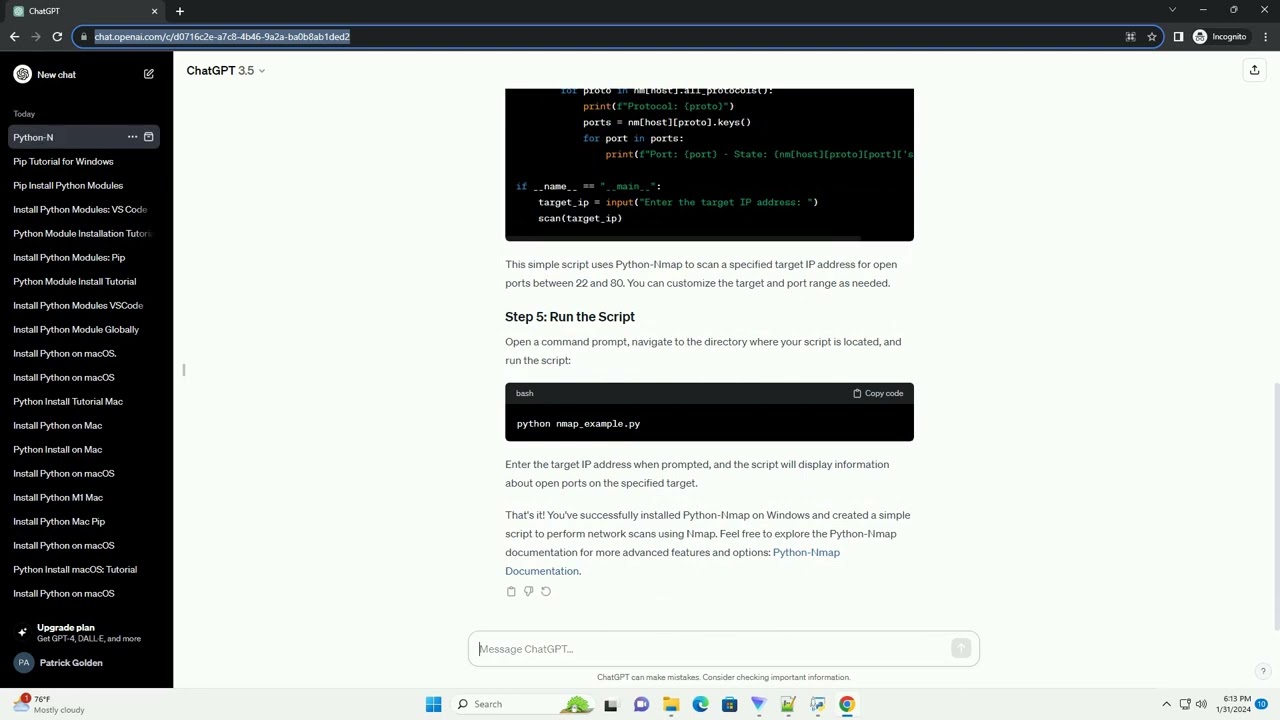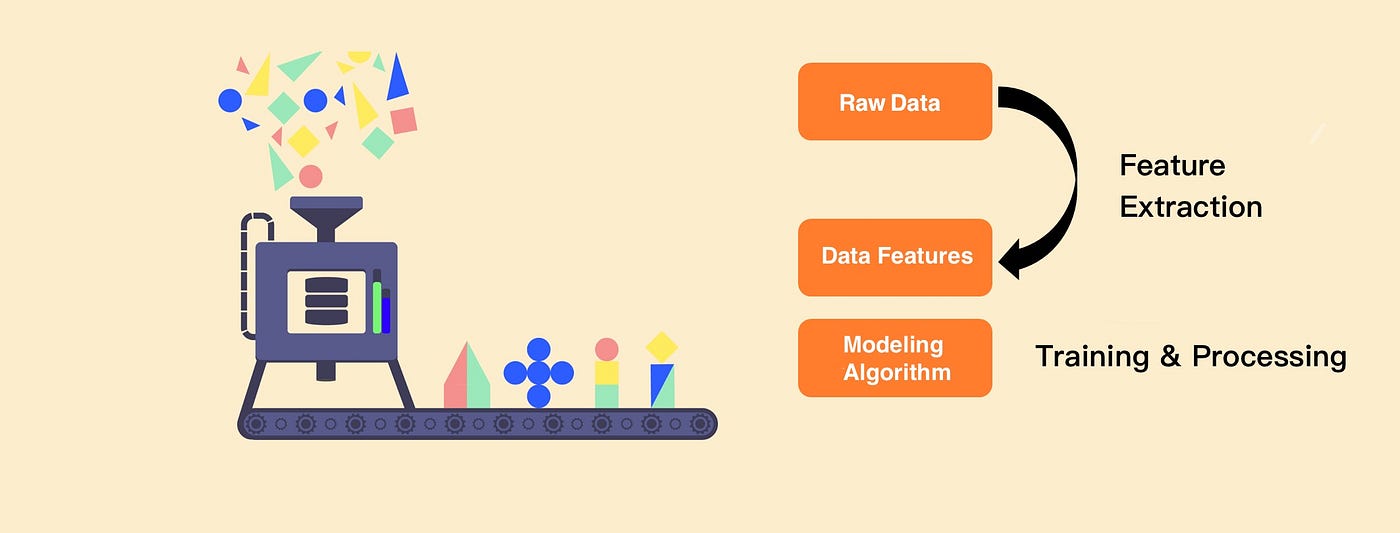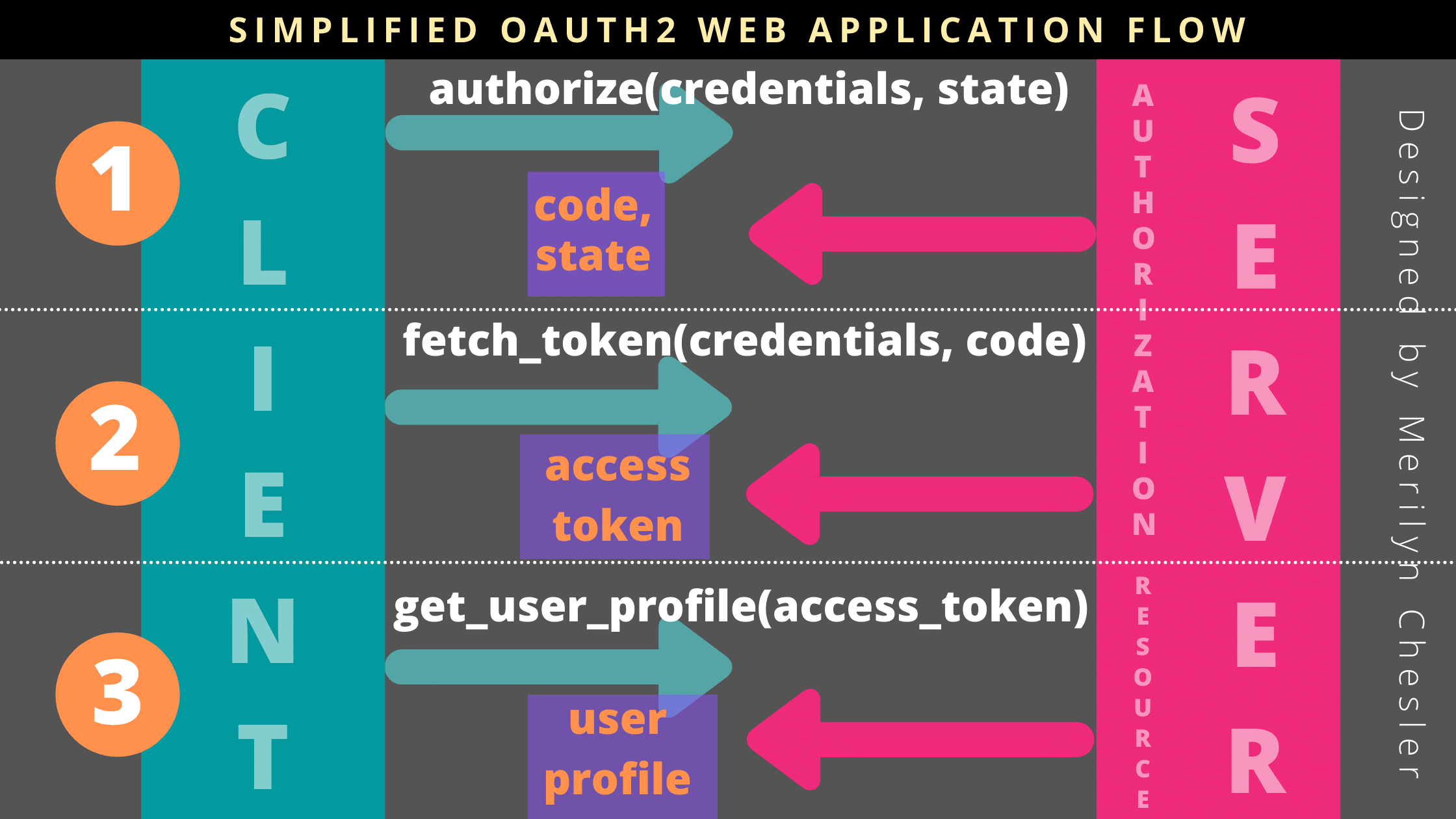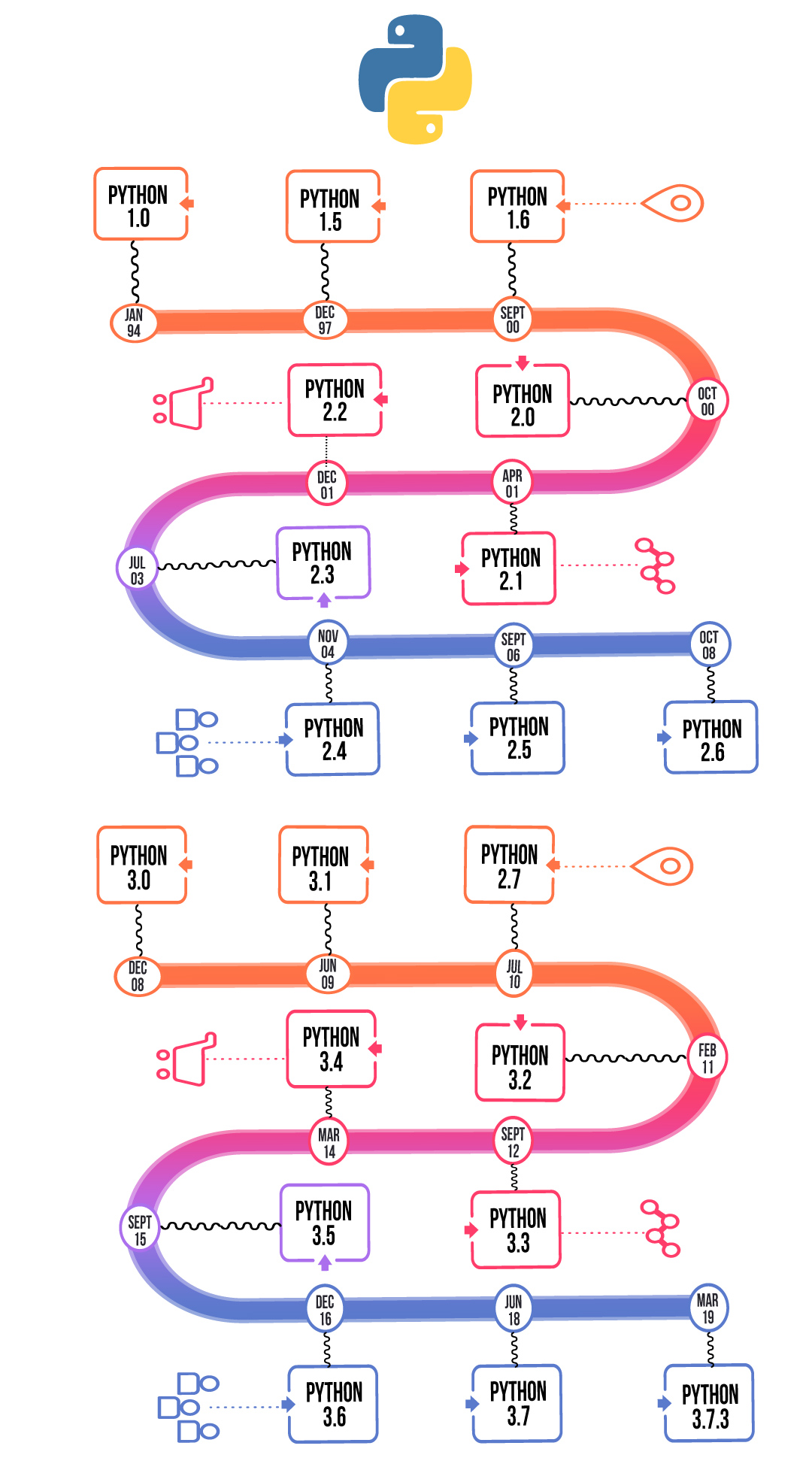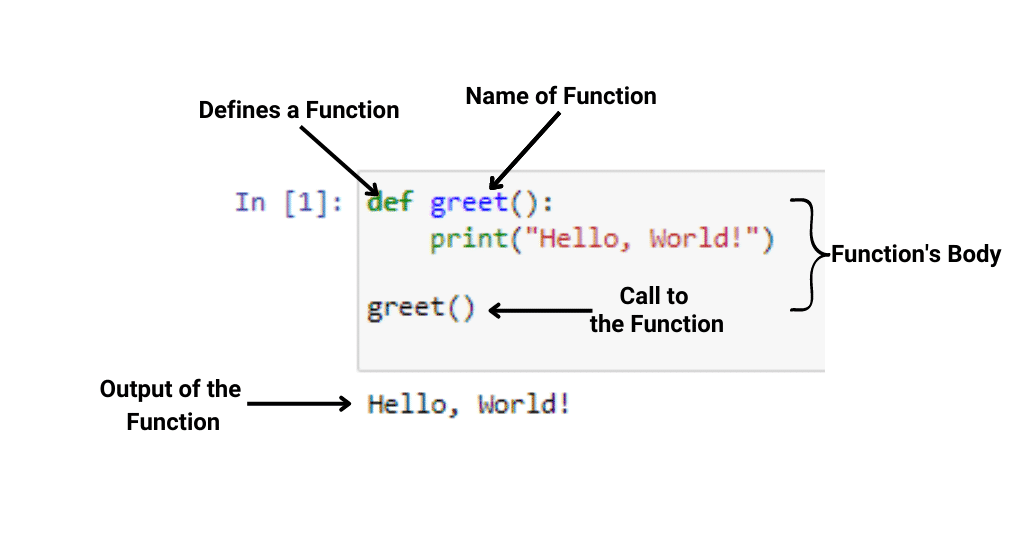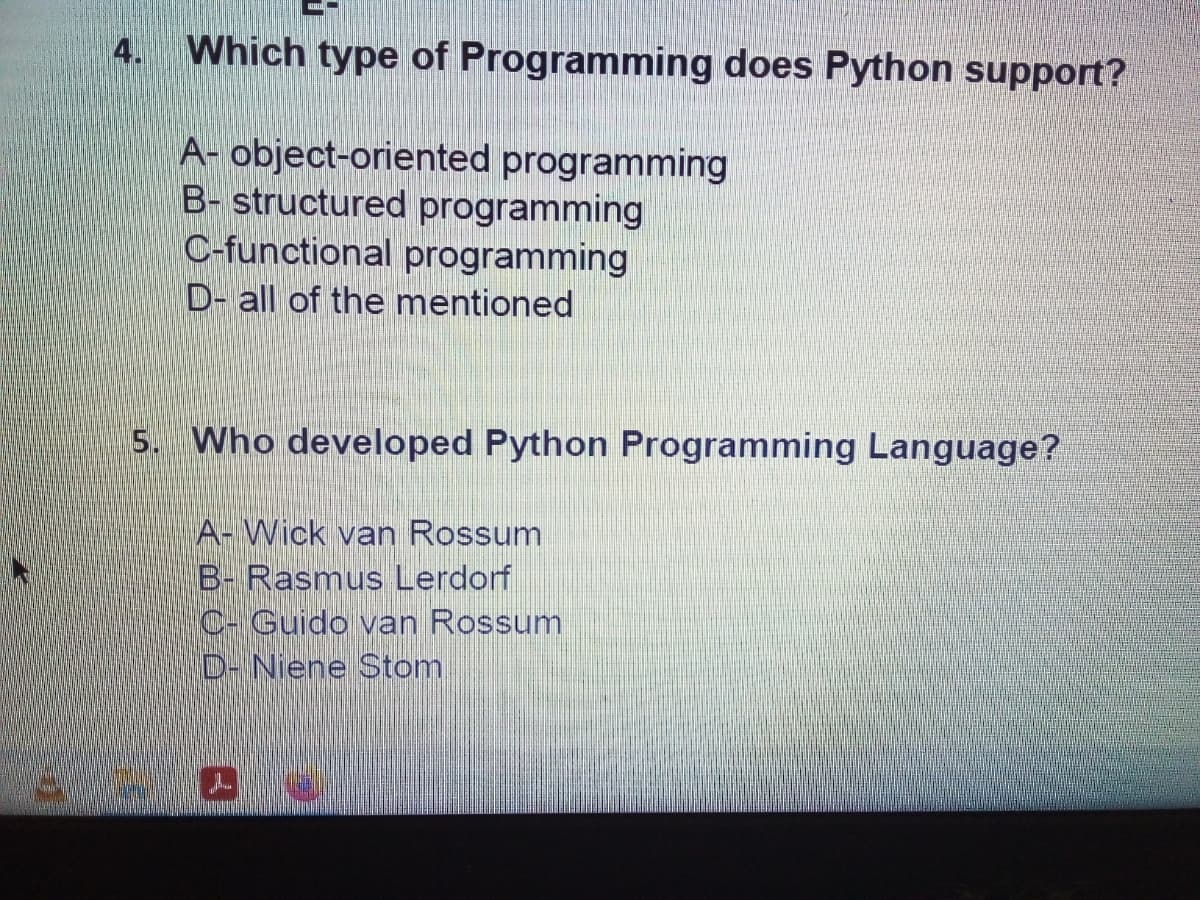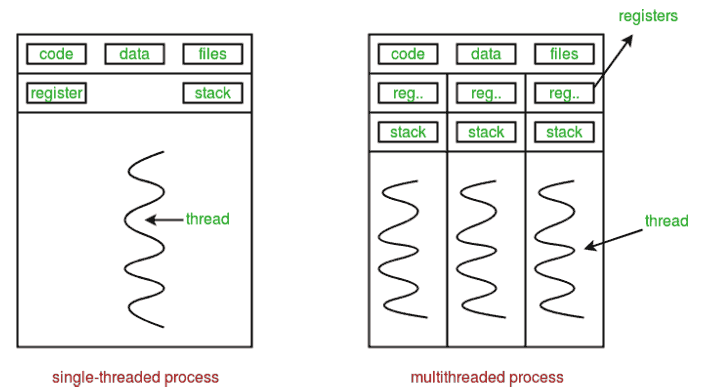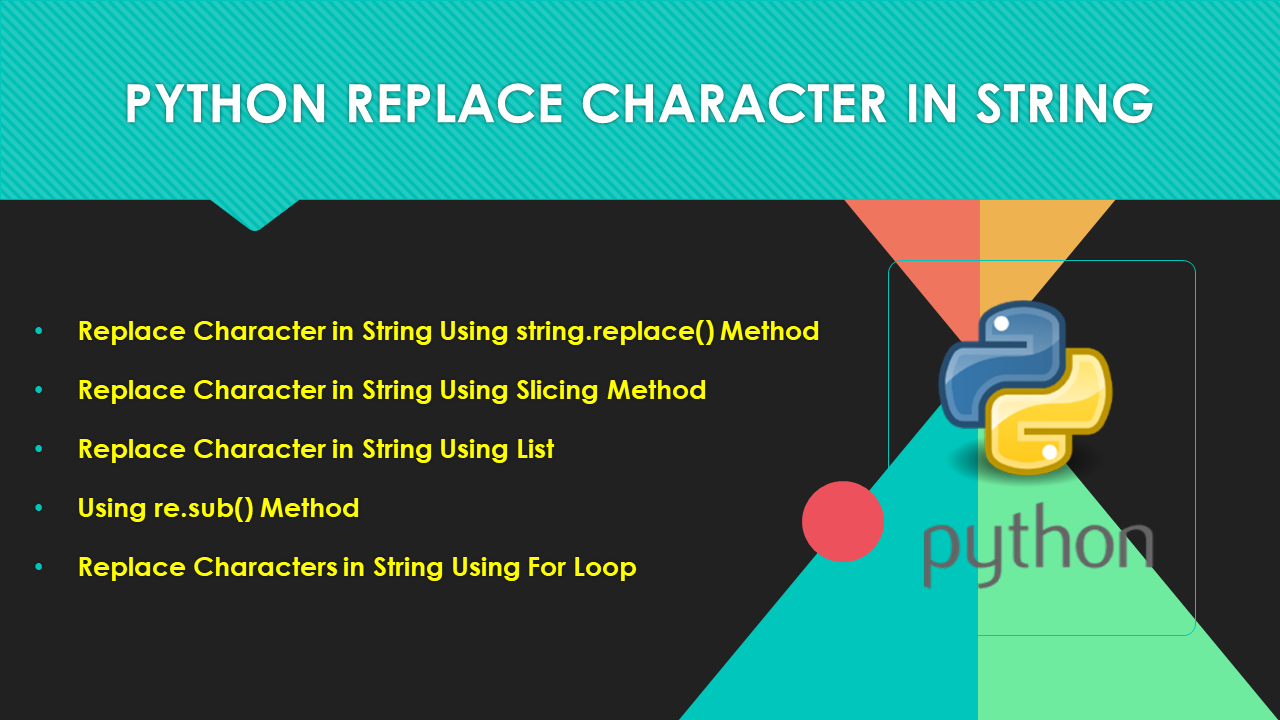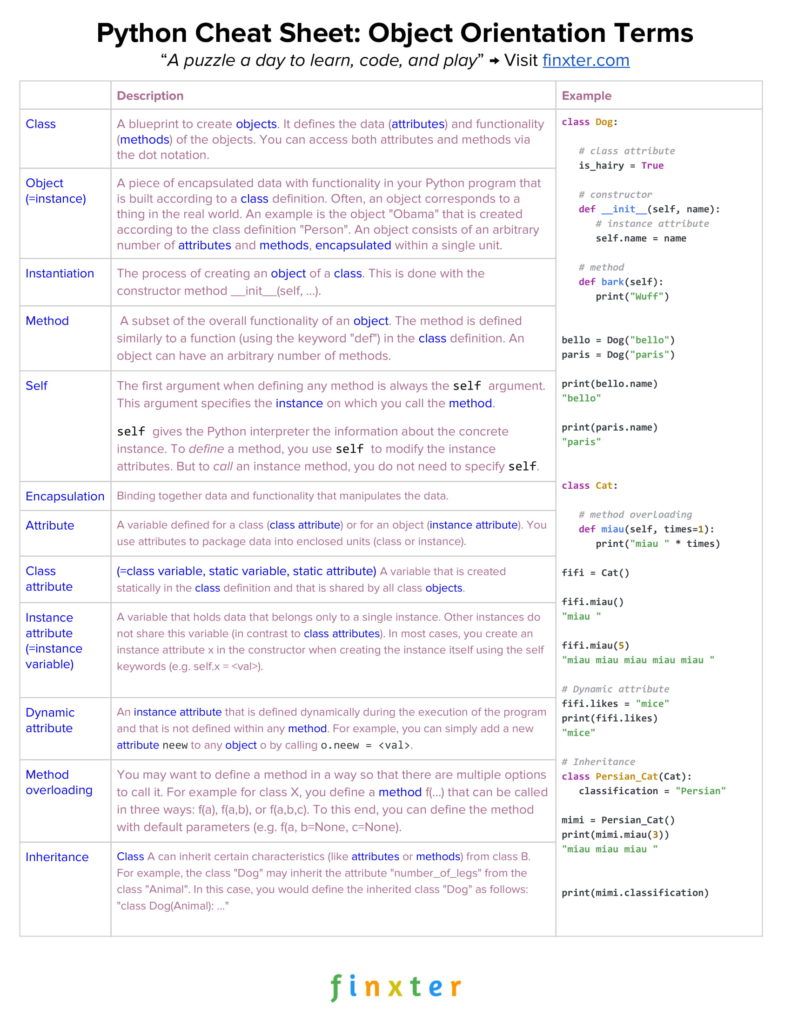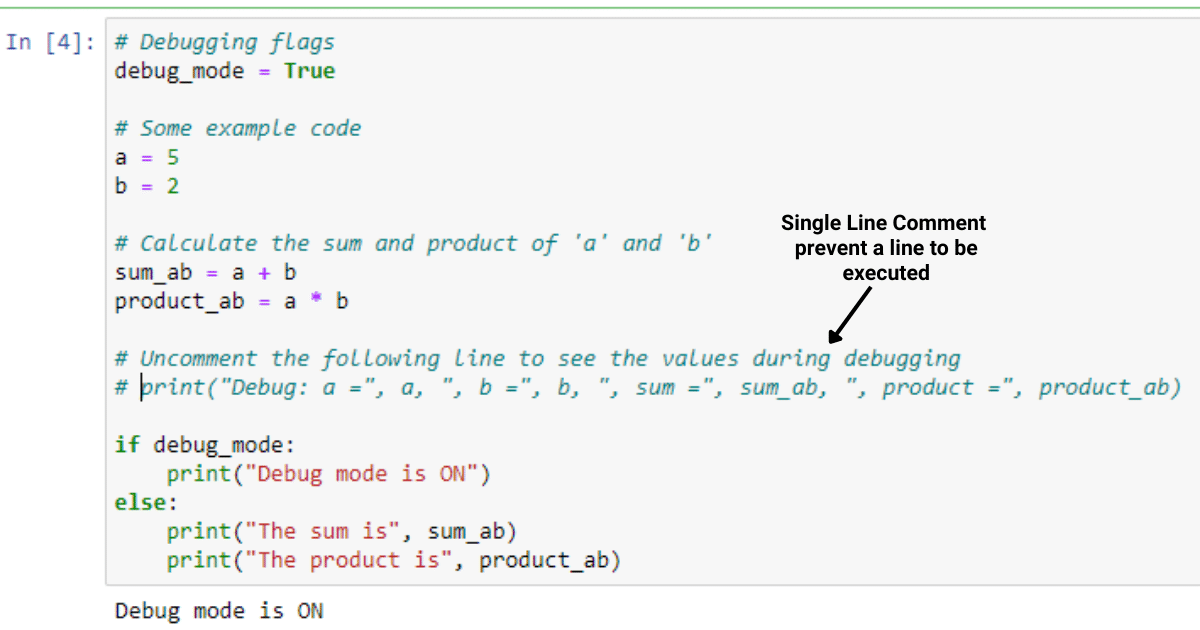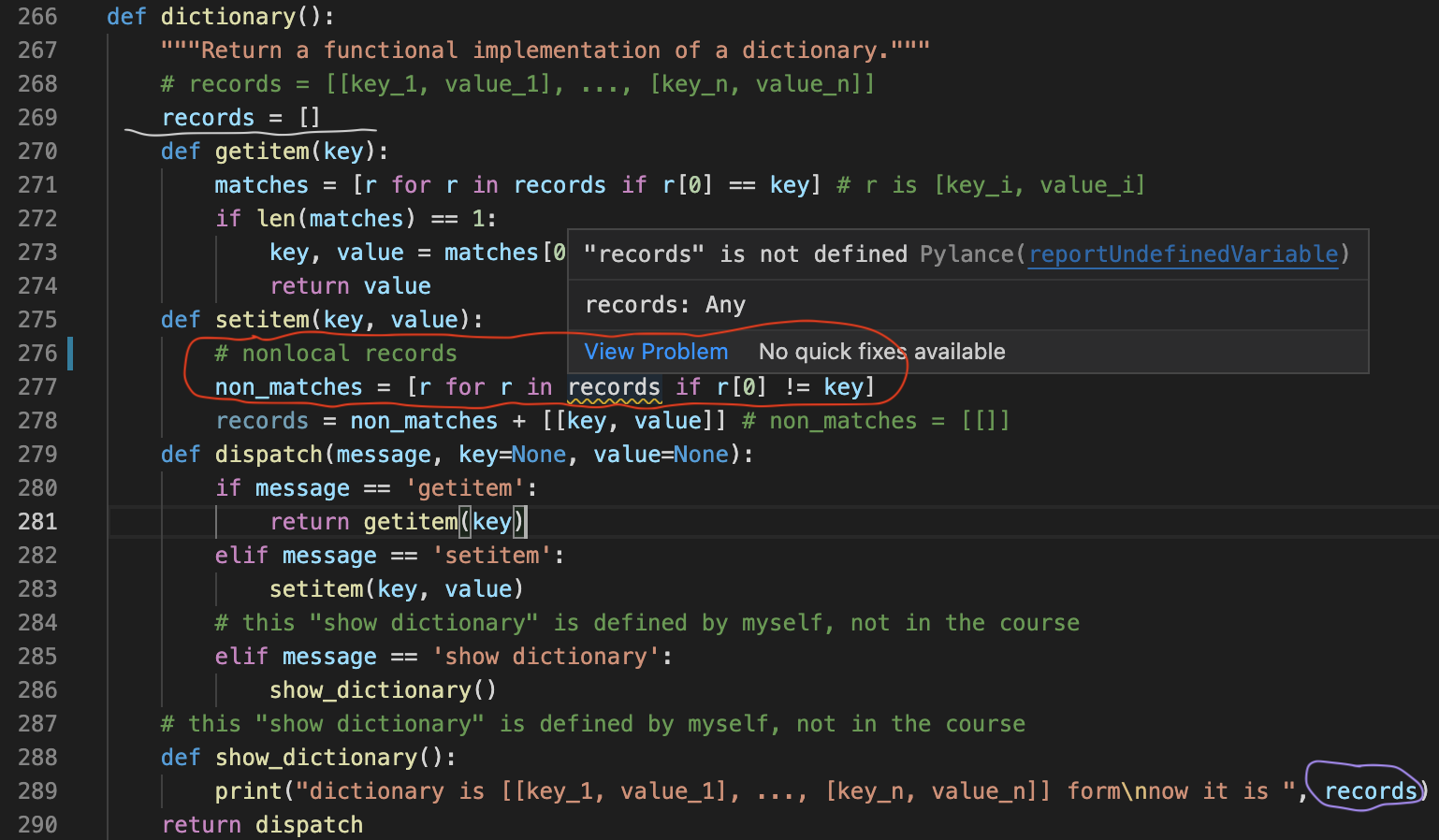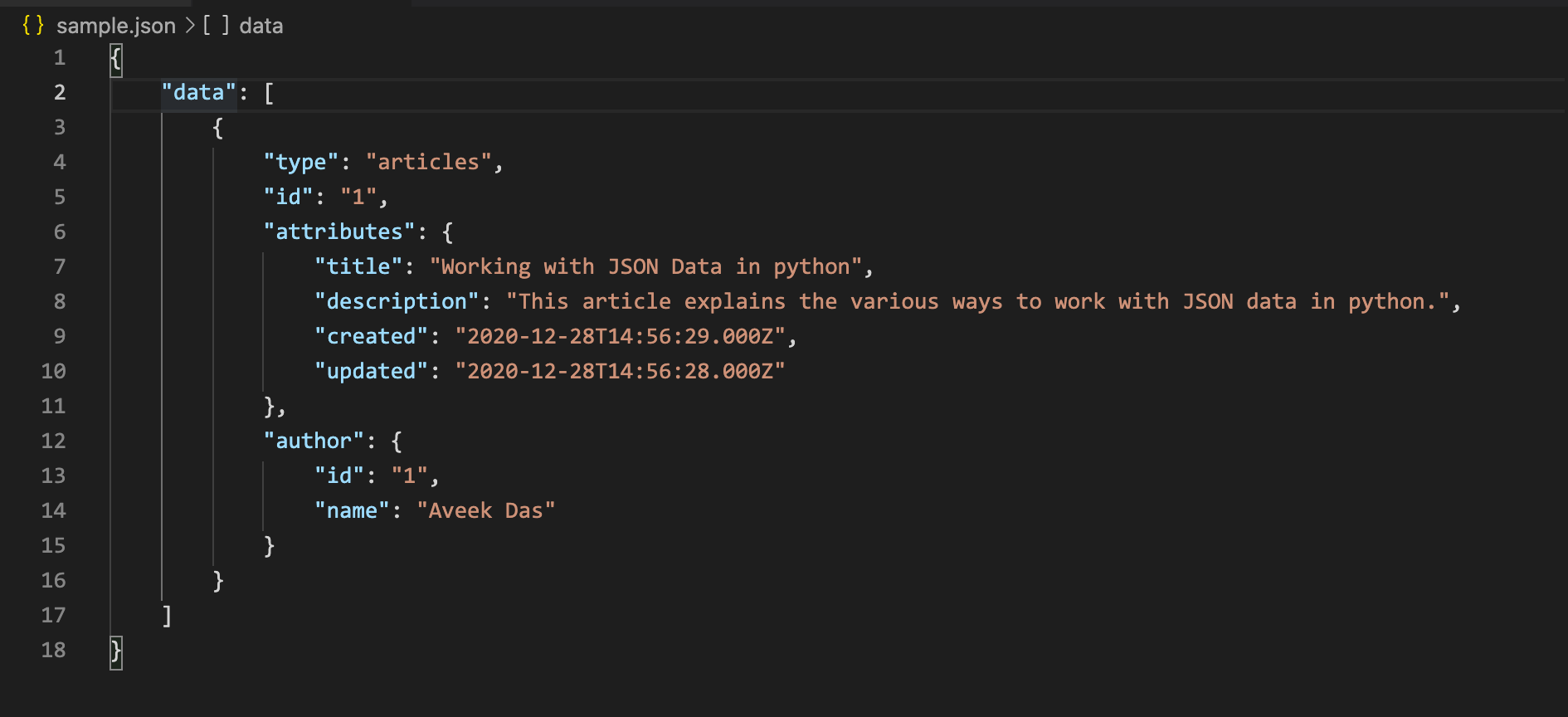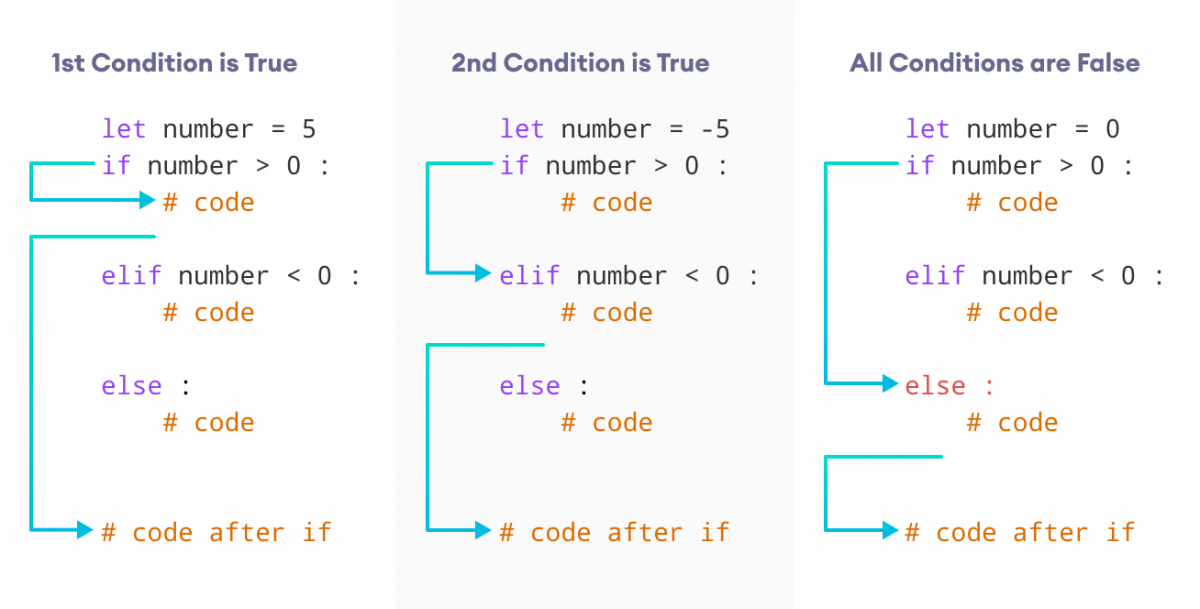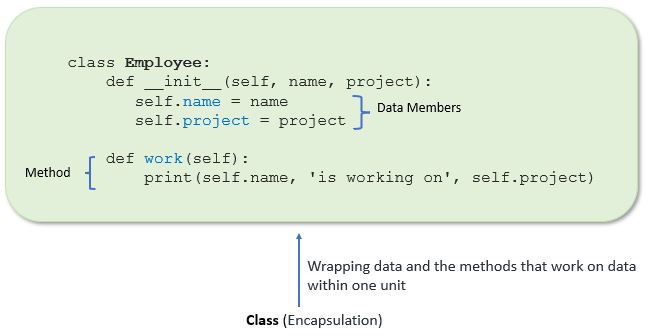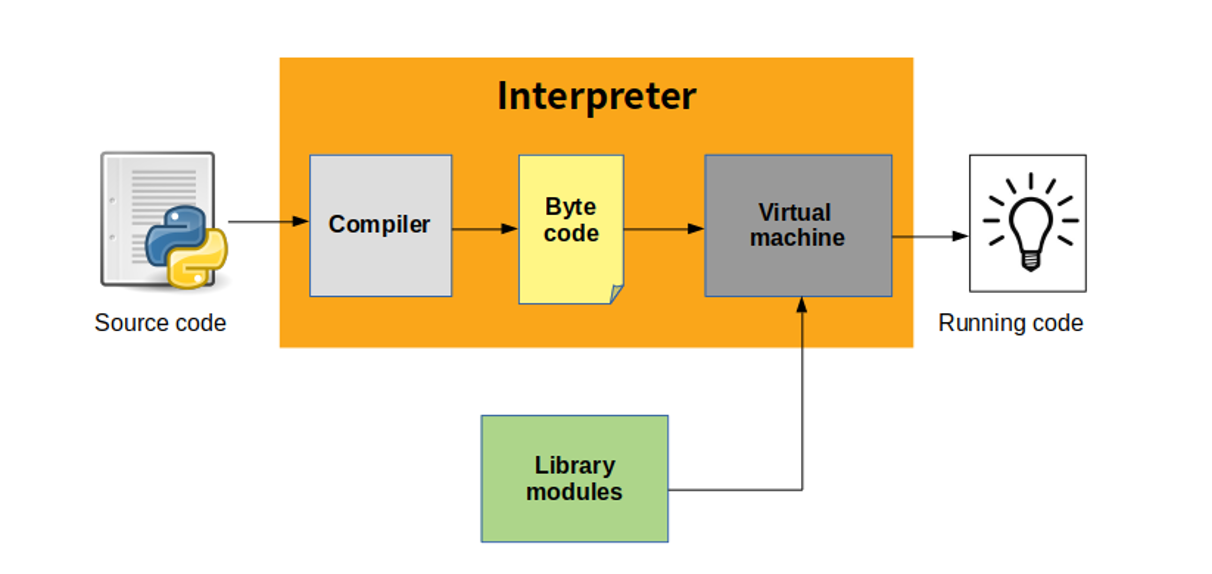What is expect equivalent in Python?
What is expect equivalent in Python?
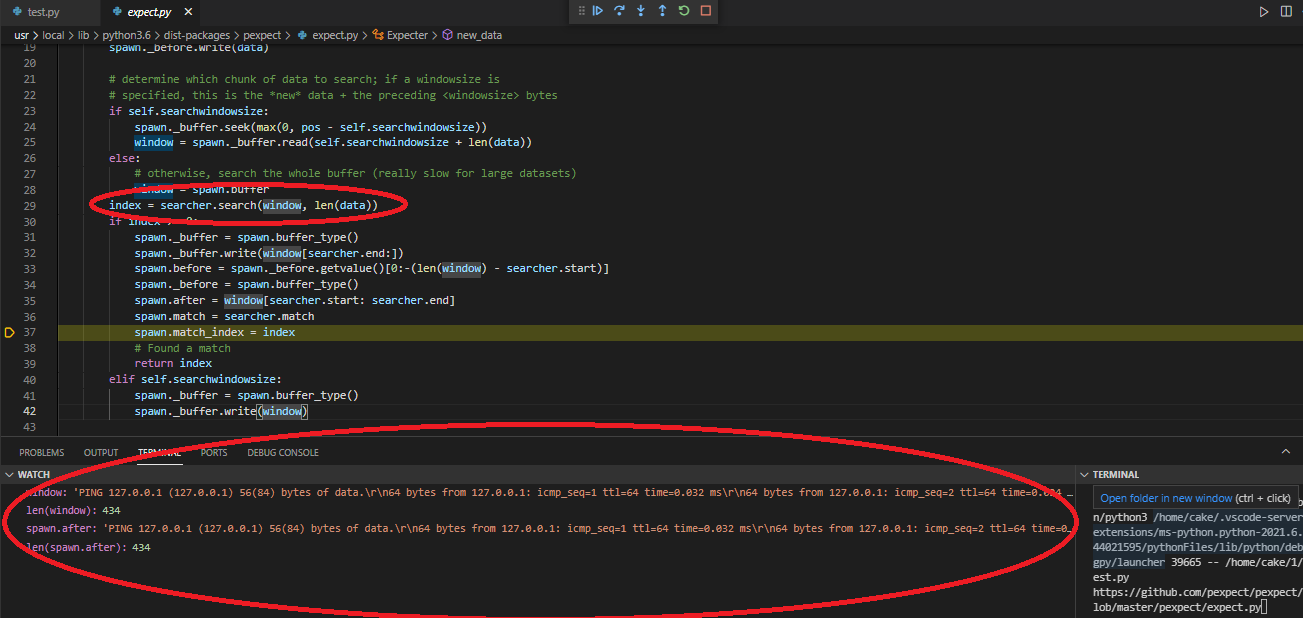
A question that has puzzled many a programmer!
In computing, "expect" is a Unix shell command that allows you to interact with another program or script as if it were a human user. It's commonly used for automating interactive applications, testing, and scripting.
If you're familiar with Python, you might be thinking, "Hey, I can just use the subprocess module to run a command and get its output!" And you'd be right... sort of. While subprocess is powerful, it's not exactly equivalent to expect.
Here are some key differences:
Interactivity:expect allows you to interact with an application or script as if you were a human user. You can send commands, wait for responses, and verify that the output matches what you expect. subprocess, on the other hand, is designed for running commands and getting their output in a non-interactive manner.

expect uses pattern matching to recognize specific strings or sequences of characters in the program's output. This allows you to wait for certain conditions to be met before proceeding with your script. subprocess doesn't have built-in pattern matching capabilities. Timeouts and delays: expect has built-in support for setting timeouts and delays, which are essential when working with interactive applications that might stall or hang occasionally.
So, if you need the equivalent of expect in Python, you could use a combination of libraries and tools to achieve similar functionality. Here's one possible approach:
subprocess to run the command: This will allow you to execute the command and get its output. Use a pattern recognition library: You can use a library like pexpect or python-pty to match patterns in the output and verify that it meets your expectations. Implement timeouts and delays: You'll need to add custom logic to handle timeouts, delays, and errors using Python's built-in time module and exception handling mechanisms.
Here's an example of how you could use pexpect to achieve something similar to expect:
import pexpect
child = pexpect.spawn("command_to_run")
child.expect("prompt>")
child.sendline("some_input")
output = child.before.decode()
print(output)
In this example, we spawn a new process using pexpect, expect the prompt to appear, send some input, and get the output before decoding it.
While this approach won't exactly replicate all of expect's features, it can help you automate interactive applications in Python.
Python pexpect tutorial github

Here's a comprehensive tutorial on using pexpect in Python, along with some examples and references to GitHub:

What is pexpect?
pexpect is a Python module that allows you to spawn a child application (a subprocess), control it, and communicate with it. It can be used to automate interactive shell scripts, expect certain strings or patterns from the output of another program, or even test software that depends on human interaction.
Basic Usage
Before we dive into some examples, let's cover the basic usage of pexpect. Here are the basic steps:
spawn method to start a new process. This method returns an object that represents the child process. Set timeouts: You can set timeouts for various operations like waiting for prompts, expecting specific strings, or timing out entire interactions. Send input: Send commands or data to the child process using the sendline method (or other variants). Expect and match: Use the expect method to wait for the child process to output a certain string or pattern, and then use the match method to check if the expected string was found.
Here's an example that connects to a remote server using SSH:
import pexpect
child = pexpect.spawn('ssh user@remote-server')
Set timeouts
child.timeout = 5
child.delay_spawn = 1
Send input (username and password)
child.sendline('usern')
child.expect('password:')
child.sendline('passwordn')
Verify the prompt
if child.match:
print("Connected!")
else:
print("Error connecting")
Examples
Here are some more examples to illustrate how pexpect can be used:
pexpect to spawn the shell, send commands, and verify the output. Test software that depends on human interaction: If you're developing software that interacts with users, you can use pexpect to test your code by simulating user input. Interact with a GUI application: While pexpect is primarily designed for command-line interactions, it's also possible to interact with GUI applications using tools like pyautogui or robot.
GitHub References
If you want to see more examples and learn from others' experiences, here are some GitHub references:
pexpect: The officialpexpect GitHub repository has plenty of examples and documentation. Python Scripting with pexpect: This repository contains a collection of scripts that demonstrate various pexpect usage scenarios.
Conclusion
In conclusion, pexpect is a powerful tool for automating command-line interactions in Python. With its rich set of features, you can automate tasks, test software, or even interact with GUI applications. By following this tutorial and exploring the GitHub references, you should be well on your way to becoming proficient in using pexpect.

